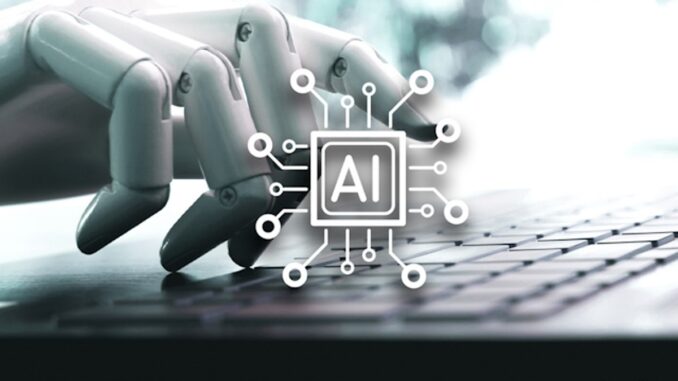
Adopting AI technologies holistically involves a strategic and comprehensive approach that integrates various dimensions of an organization, from technology and operations to ethics and culture. Here are key principles and steps for a holistic approach to AI adoption:
### 1. **Define Clear Objectives and Use Cases**- **Identify Goals**: Determine the specific business objectives that AI can help achieve, whether it’s improving efficiency, enhancing customer experience, or driving innovation.









– **Choose Relevant Use Cases**: Focus on use cases that align with organizational goals, demonstrate clear value, and have the potential for successful implementation.
### 2. **Engage Stakeholders Across the Organization**
– **Cross-Functional Collaboration**: Involve representatives from different departments (such as IT, operations, finance, marketing, HR, and legal) to gain diverse perspectives and foster collaboration.
– **Stakeholder Engagement**: Communicate with key stakeholders, including executives, employees, and customers, to understand their needs and concerns regarding AI adoption.
### 3. **Establish a Robust Data Strategy**
– **Data Governance**: Implement data governance practices to ensure data quality, consistency, and compliance with privacy regulations.
– **Data Accessibility**: Ensure that relevant data is accessible to AI systems while adhering to security protocols. Invest in data management and integration to support AI initiatives.
### 4. **Focus on Ethical and Responsible AI**
– **Develop Ethical Guidelines**: Create guidelines to address the ethical implications of AI use, including fairness, transparency, accountability, and privacy.
– **Bias Mitigation**: Implement measures to identify and reduce potential biases in AI algorithms and ensure that AI systems operate fairly and inclusively.
### 5. **Foster a Culture of AI Readiness**
– **Promote AI Literacy**: Provide training and resources to help employees understand AI technologies and their implications for their roles and the organization.
– **Encourage Innovation**: Create an environment that encourages experimentation and innovation, allowing teams to explore new AI applications and solutions.
### 6. **Invest in Talent and Collaboration**
– **Build a Skilled Workforce**: Hire or upskill employees with AI expertise, including data scientists, machine learning engineers, and domain experts, to support AI initiatives.
– **Partner with External Experts**: Collaborate with academic institutions, research organizations, and technology partners to access expertise, tools, and resources for AI development.
### 7. **Implement Agile Methodologies**
– **Iterative Development**: Use agile methodologies to develop and deploy AI solutions iteratively, allowing for continuous feedback and improvements.
– **Pilot Programs**: Start with pilot projects to test AI applications on a smaller scale before full implementation, enabling organizations to learn and adapt.
### 8. **Monitor and Evaluate Outcomes**
– **Performance Metrics**: Establish metrics to evaluate the effectiveness of AI implementations against defined objectives. This can include measures of productivity, customer satisfaction, and financial performance.
– **Continuous Learning**: Implement mechanisms for continuous monitoring and evaluation, enabling organizations to learn from successes and challenges to refine AI strategies.
### 9. **Ensure Regulatory Compliance and Risk Management**
– **Regulatory Awareness**: Stay informed about relevant regulations and industry standards regarding AI, data privacy, and AI ethics.
– **Risk Assessment**: Conduct regular risk assessments to identify and mitigate potential ethical, operational, and legal risks associated with AI technologies.
### 10. **Communicate Transparently**
– **Clear Communication**: Communicate openly about the goals, benefits, and potential risks of AI adoption to build trust among employees, customers, and other stakeholders.
– **Promote Success Stories**: Share successful outcomes and lessons learned from AI initiatives to encourage adoption and foster a culture of continuous improvement.
### 11. **Prepare for Future Developments**
– **Stay Adaptive**: As technology evolves, remain flexible and willing to adapt AI strategies in response to emerging trends, new technologies, and changing market conditions.
– **Innovation Roadmap**: Develop a long-term strategy that outlines the organization’s vision for AI integration, innovation, and continuous improvement.
By adopting AI holistically, organizations can navigate the complexities of AI implementation while maximizing the benefits of these technologies. A comprehensive approach that balances technical, ethical, and organizational factors will ultimately lead to more sustainable and impactful AI solutions.

Leave a Reply